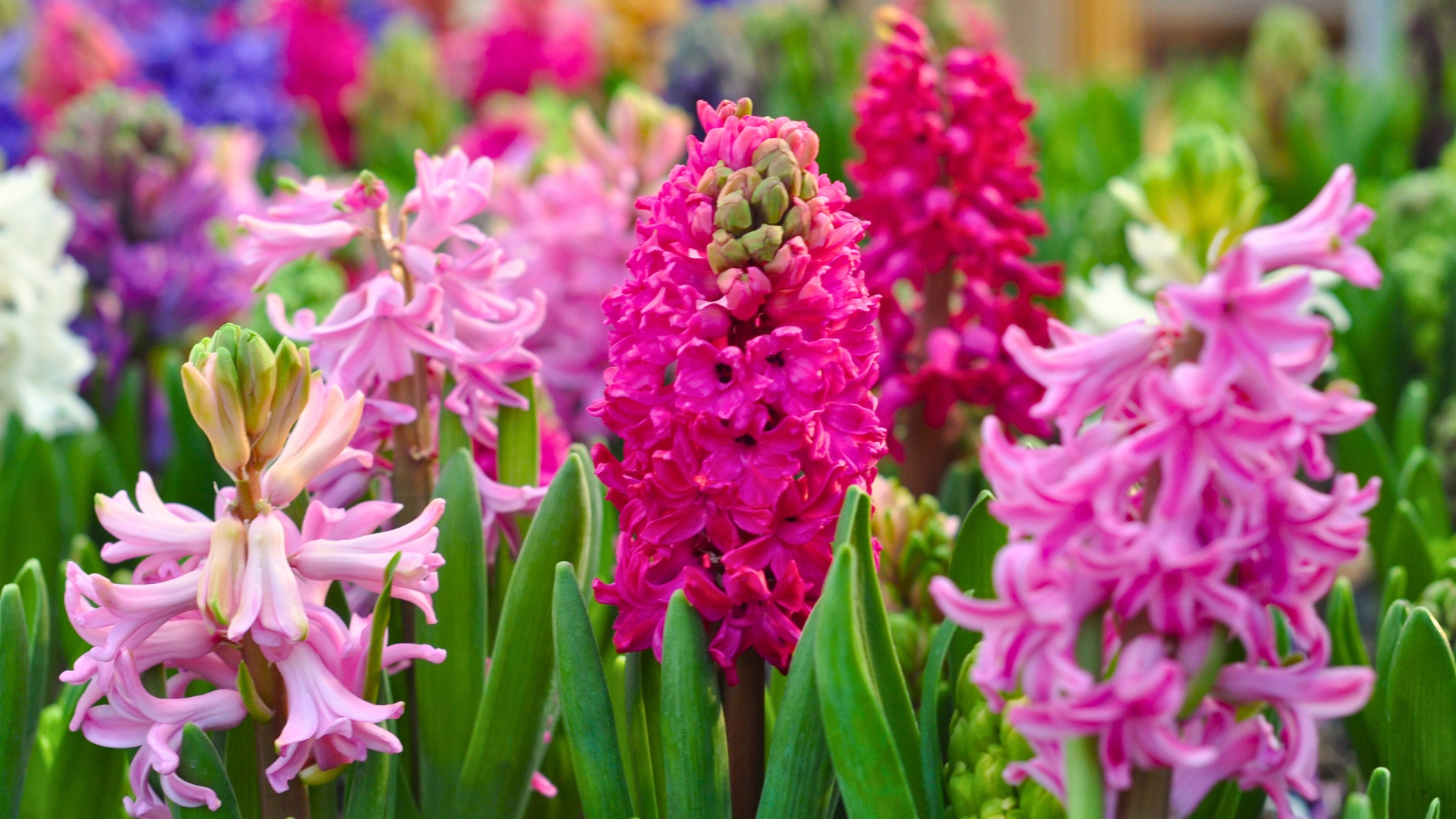Plant These 15 Beautiful Bulb Flower Types For A Garden That Stands Out
There’s something magical about planting bulbs and waiting for that first pop of color to show up. I still remember the thrill of seeing tulips peek through after a long winter—it felt like the garden threw a party.
Bulb flowers are easy to grow, and with the right mix, your garden can go from basic to breathtaking. I’ve tried all kinds over the years, and a few have truly stolen the show.
If you’re ready to shake things up out there, these beauties are a great place to start.
1. Tulips

Nothing says spring has arrived quite like a cluster of colorful tulips standing tall in the sunshine. Available in almost every color imaginable, these cup-shaped beauties can bloom from early to late spring depending on the variety you choose.
Mix different colors for a rainbow effect or stick to one shade for dramatic impact. Plant them in fall, about 6-8 inches deep, and watch for their pointed tips to emerge when winter fades. They’re perfect for borders, containers, or creating stunning focal points.
2. Daffodils
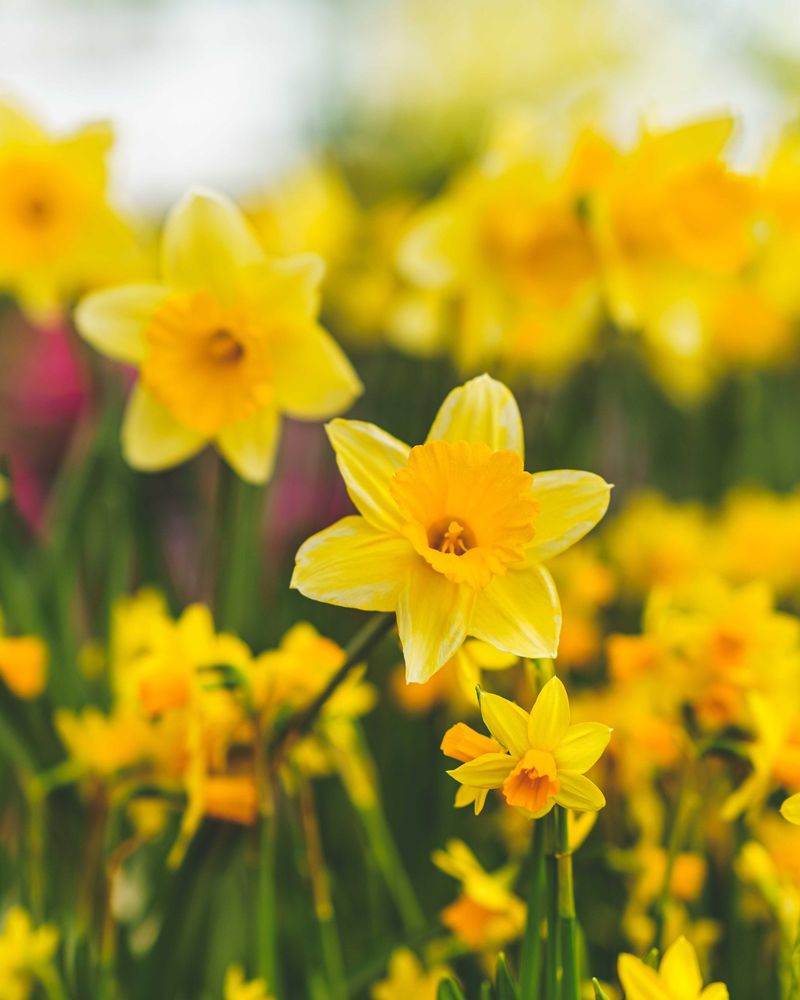
Cheerful yellow trumpets announce spring’s arrival with unmatched enthusiasm. As one of the most reliable bulbs, daffodils multiply year after year with virtually no maintenance, creating larger displays each season.
Best of all, squirrels and deer avoid them completely! Plant them in fall, positioning bulbs about 6 inches deep in well-draining soil. Their sunny faces look stunning naturalized in lawns, clustered under trees, or lining pathways where their bright colors can truly shine.
3. Alliums

Imagine perfect purple spheres floating above your garden on slender green stems. Alliums create this magical effect while adding architectural interest with their globe-shaped flower heads that can range from ping-pong to soccer ball size.
Plant these bulbs in fall for early summer blooms that attract butterflies and pollinators. Even after flowering, their dried seedheads provide winter interest. They’re particularly striking when planted in groups among lower-growing perennials where their dramatic silhouettes can stand out.
4. Hyacinths
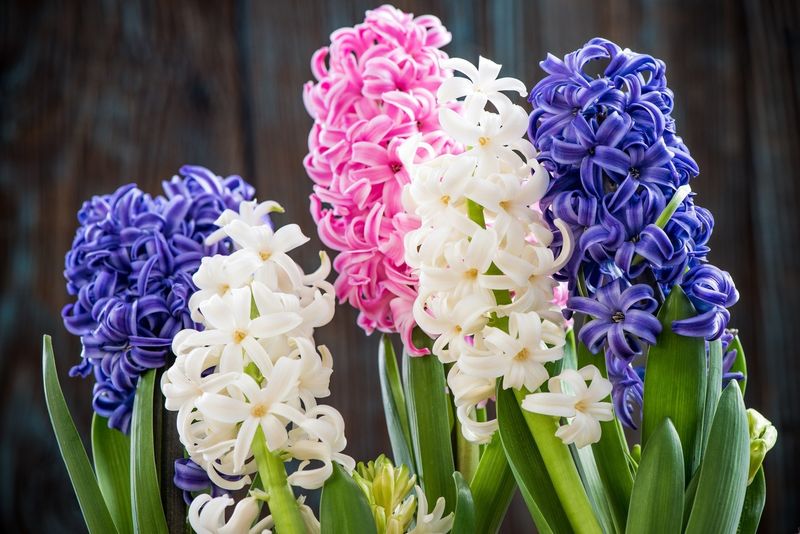
Few flowers can perfume your garden like hyacinths with their intoxicating sweet fragrance that carries on spring breezes. Their tightly-packed florets form chunky, colorful spikes in purple, blue, pink, white, or yellow that emerge in early spring.
Plant bulbs in fall, about 6 inches deep and 6 inches apart in well-draining soil. For maximum impact, group them near doorways or windows where their scent can be enjoyed. They also perform beautifully in containers or forced indoors for winter blooms.
5. Crocus
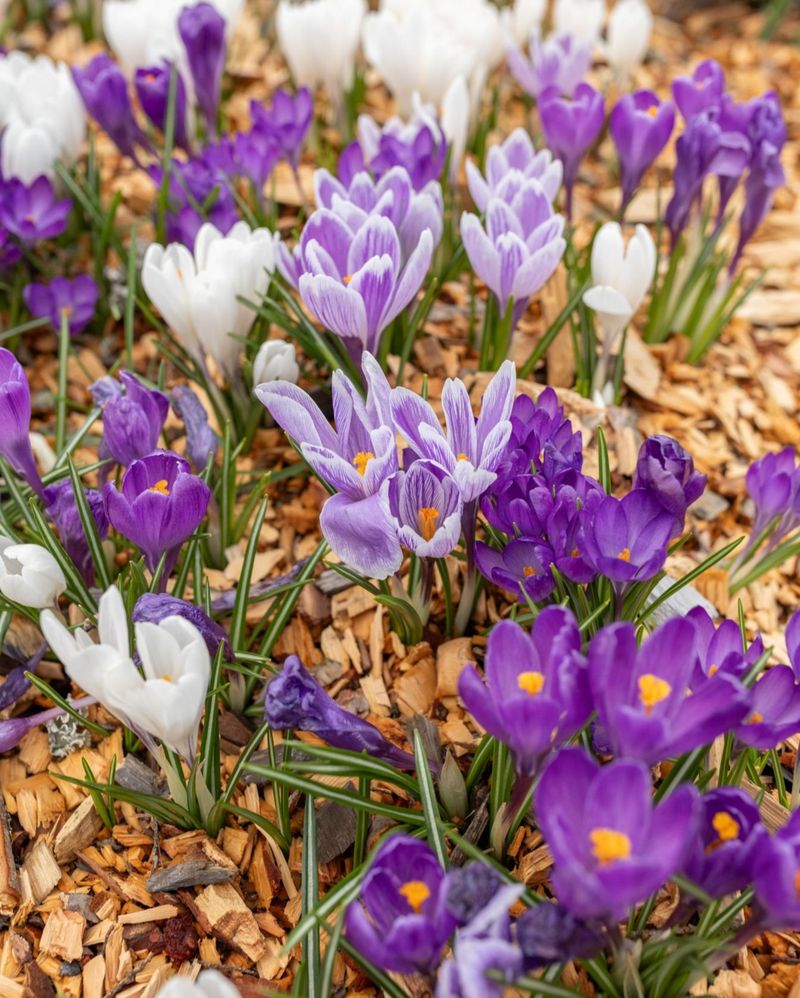
Often the first flowers to peek through late winter snow, crocuses bring welcome color when the landscape is still mostly barren. These diminutive charmers in purple, yellow, white, or striped varieties open wide in sunshine and close at night.
Plant bulbs just 3-4 inches deep in fall, clustering them for maximum impact. They naturalize easily in lawns and under deciduous trees where they can soak up spring sunshine before the trees leaf out. Their early nectar is a crucial food source for emerging pollinators.
6. Lilies
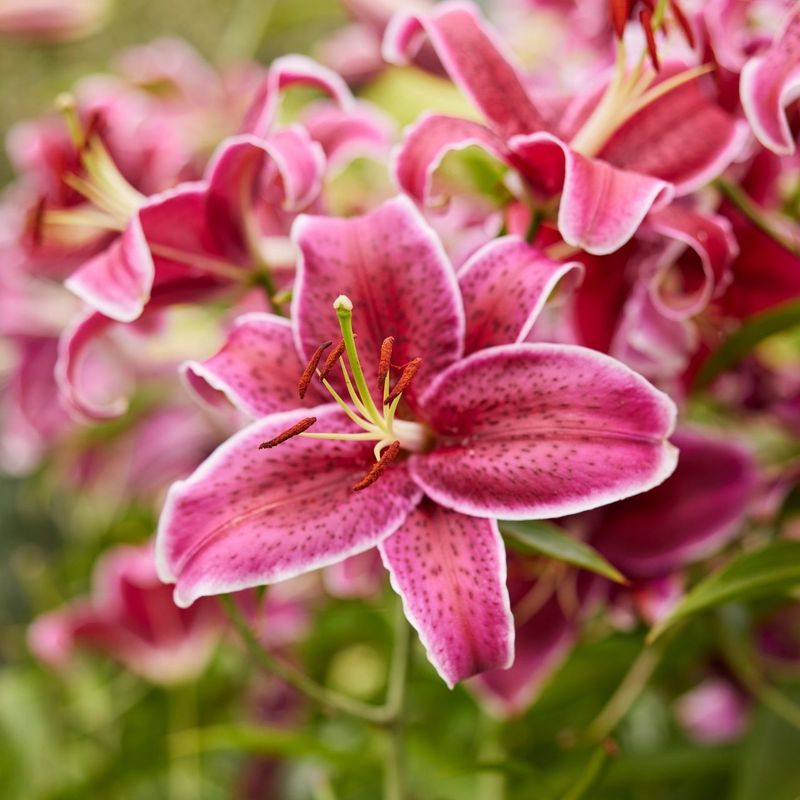
Regal and dramatic, lilies command attention with their large, often fragrant blooms that can transform an ordinary garden into something extraordinary. From trumpet-shaped Asiatics to the intensely fragrant Orientals, there’s a lily for every garden style.
Plant bulbs in spring or fall, about 6 inches deep in well-draining soil. Their tall stems, which can reach 3-6 feet, make excellent back-of-border plants or centerpieces in dedicated beds. Many varieties make excellent cut flowers, bringing their beauty and sometimes heady fragrance indoors.
7. Snowdrops
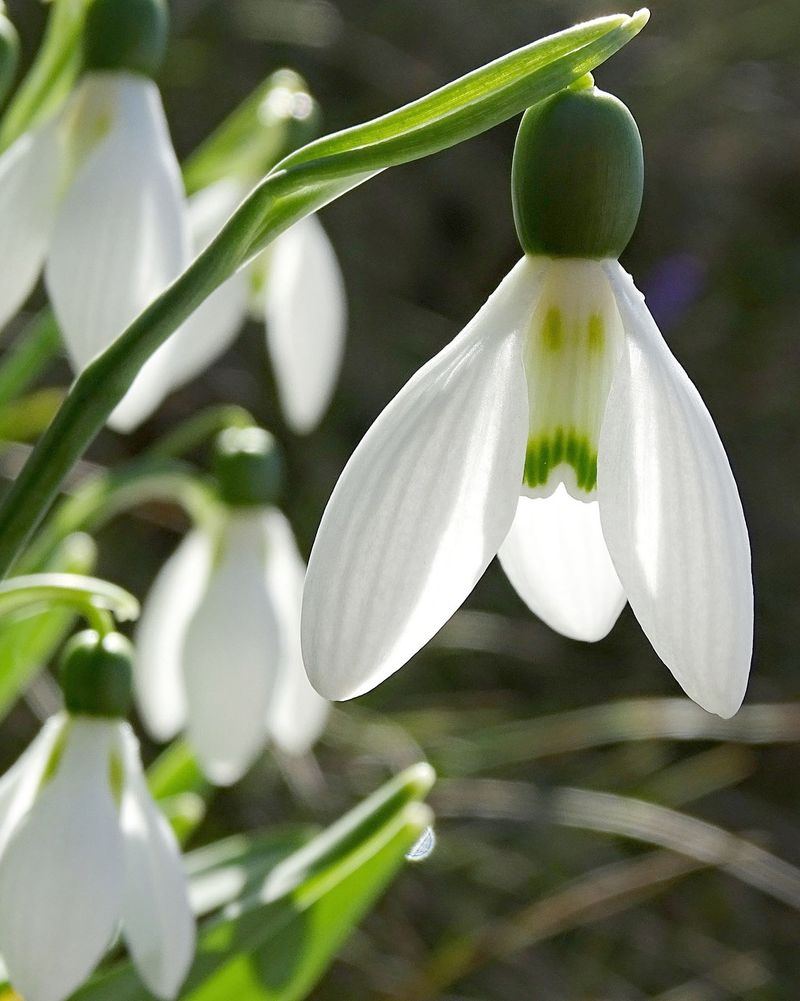
Brave little nodding white bells often push through frozen ground while winter still has a firm grip. Snowdrops are among the earliest bulbs to bloom, sometimes appearing as early as January in milder climates, bringing hope when the garden seems dormant.
Plant bulbs in fall, about 3 inches deep in humus-rich soil. They prefer partial shade and look most natural when planted in drifts under deciduous trees or along woodland edges. Once established, they’ll spread gradually, forming larger colonies each year that announce spring is on its way.
8. Iris
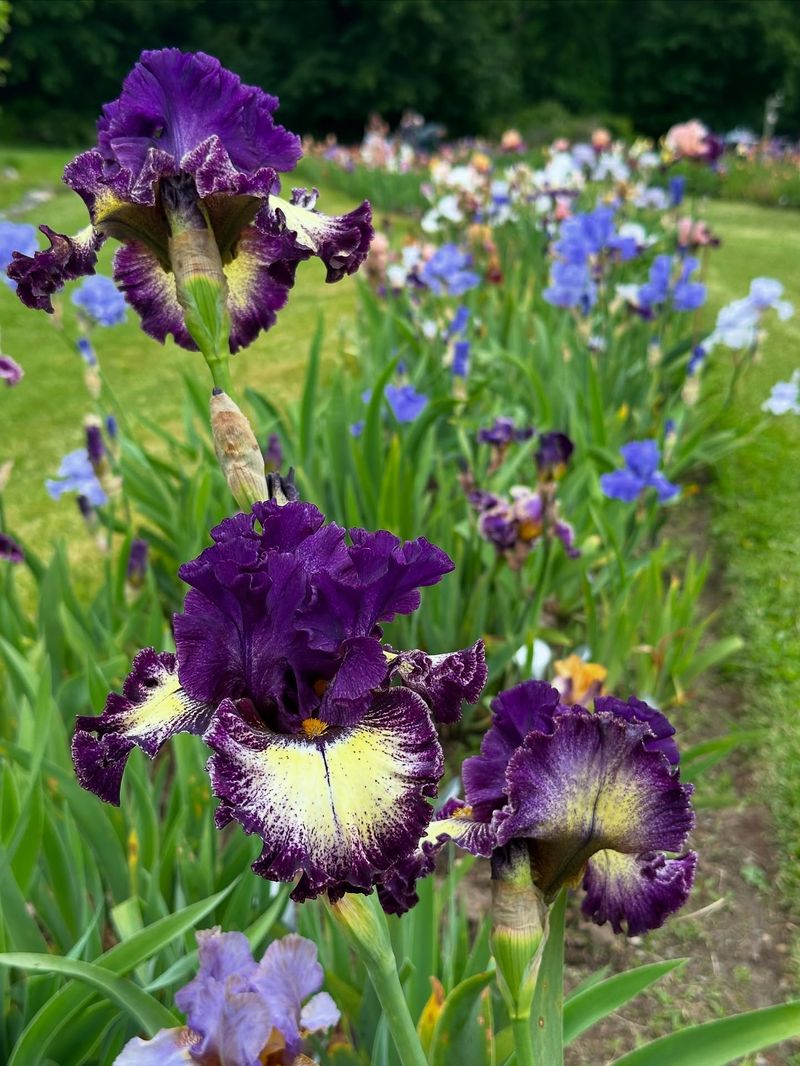
Resembling exotic butterflies perched on slender stems, irises bring unmatched elegance to the garden. With distinctive falls (downward petals) and standards (upright petals), these architectural blooms come in nearly every color imaginable, some with intricate patterns or bi-color effects.
Plant rhizomes just below the soil surface in late summer to early fall. Bearded varieties need full sun and excellent drainage, while some species thrive in moist conditions. Their sword-like foliage provides vertical interest even when not in bloom, making them valuable garden structure plants.
9. Gladiolus

Sending up dramatic spikes laden with colorful florets, gladiolus creates vertical drama that few other bulbs can match. These summer bloomers unfurl their blossoms sequentially from bottom to top, providing weeks of changing display on each stem.
Plant corms after the last frost, about 6 inches deep in full sun locations. Staking may be necessary for taller varieties. For continuous blooms, plant batches every two weeks through early summer. They make spectacular cut flowers, and in colder climates, the corms can be dug up in fall and stored for next year.
10. Anemones
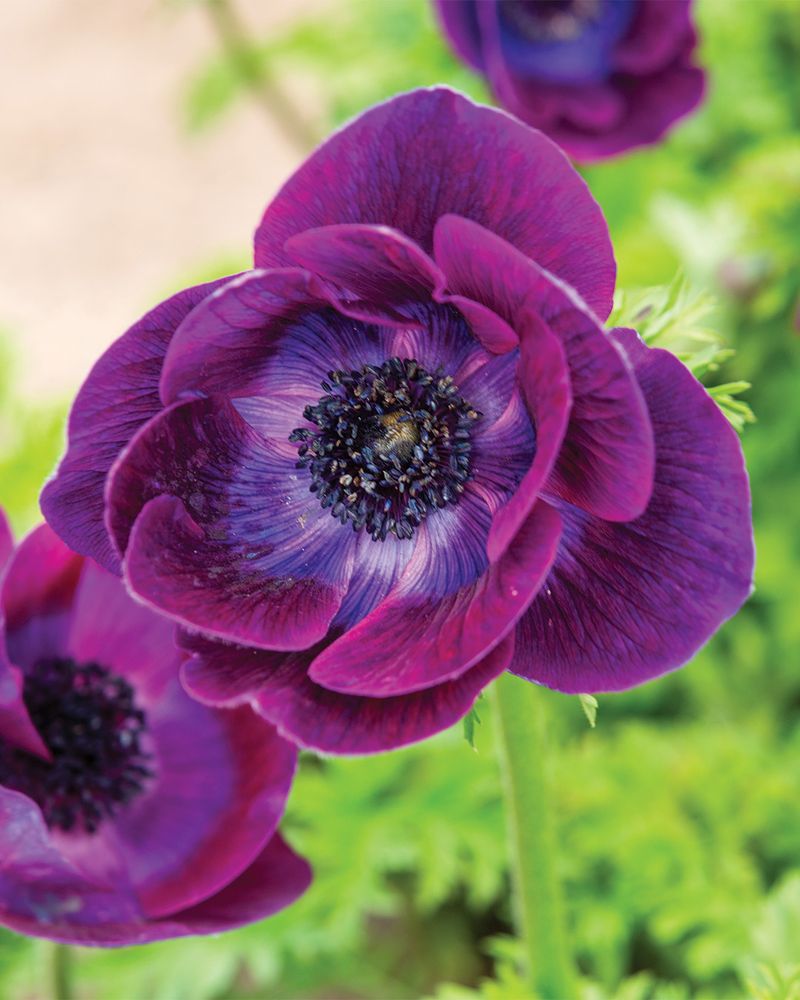
Delicate poppy-like blooms dancing on wiry stems give anemones an ethereal quality in the garden. Their jewel-toned flowers in vivid blues, reds, pinks, and whites feature striking black centers that create a dramatic focal point in spring or fall depending on the variety.
Soak the small, wizened corms before planting about 2 inches deep. Spring-flowering varieties should be planted in fall, while fall-bloomers go in during spring. They naturalize beautifully in woodland settings or mixed borders, creating drifts of color that sway gracefully in the slightest breeze.
11. Ranunculus
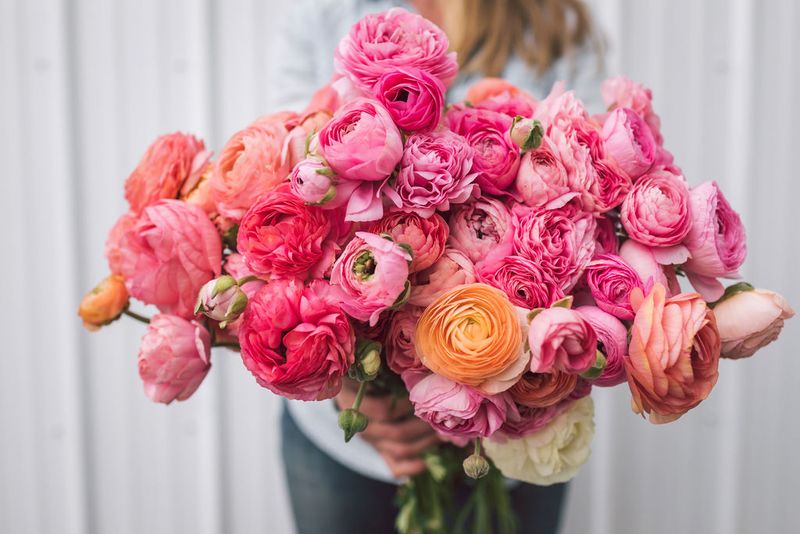
Resembling miniature peonies or roses, ranunculus flowers feature layer upon layer of tissue-paper-thin petals in candy colors that seem almost too perfect to be real. Their incredible vase life makes them prized as cut flowers in professional arrangements.
Plant corms in fall (mild climates) or spring (cold regions) with the claw-like projections pointing downward. They prefer cool springs and full sun with excellent drainage. For the largest blooms, choose jumbo-sized corms and prepare for garden visitors to ask repeatedly what these extraordinary flowers are.
12. Fritillaria
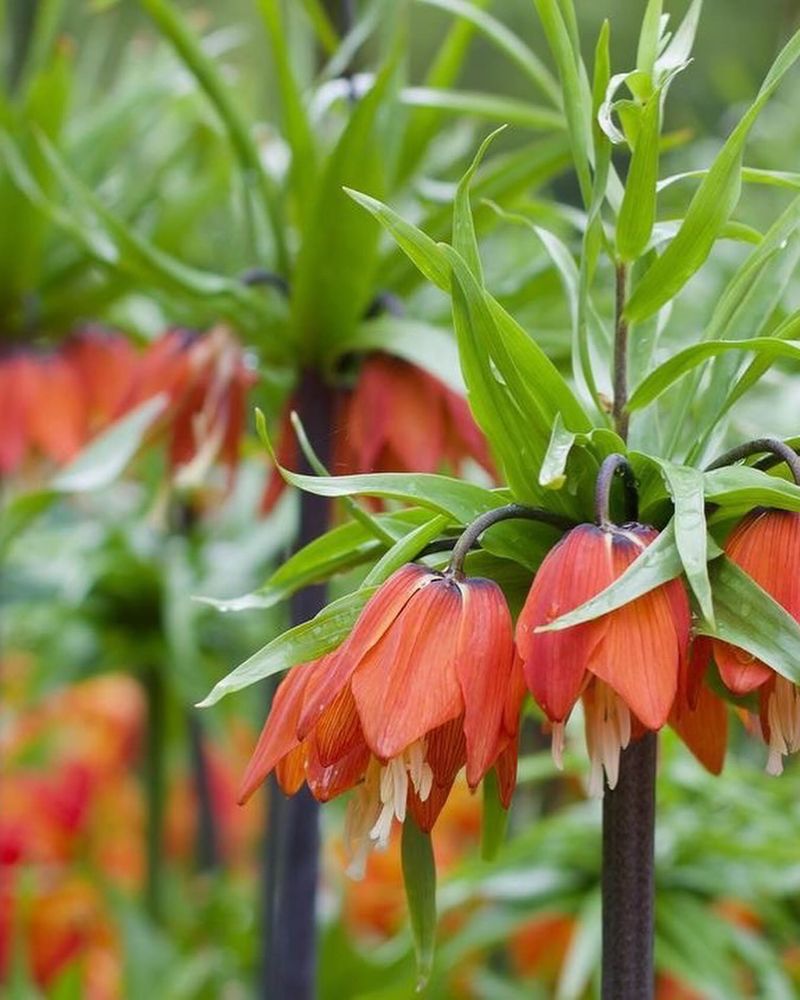
Strange and wonderful, fritillarias range from the nodding checkered bells of F. meleagris to the towering crown imperials with their distinctive pineapple-like foliage tops. Their unusual forms bring a touch of the exotic to spring gardens that conventional blooms simply can’t match.
Plant bulbs in fall, about three times as deep as the bulb’s height. Most prefer partial shade and rich, well-draining soil. The skunk-like scent of crown imperials actually serves a purpose—it naturally repels rodents and deer, making them excellent protective companions for other prized bulbs.
13. Muscari
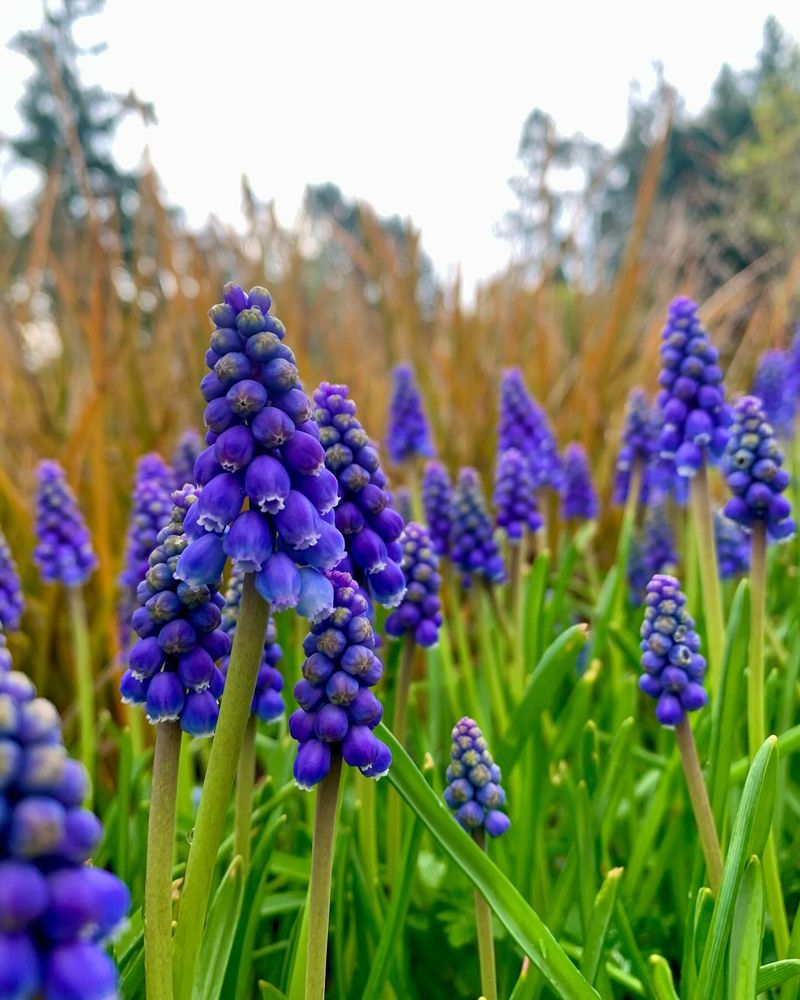
Commonly called grape hyacinths for their tight clusters of tiny blue orbs resembling bunches of grapes, muscari create pools of intense color in early spring. Their vivid blue-purple hue (with some varieties in white or pink) stands out dramatically against fresh spring greenery.
Plant bulbs in fall, about 3 inches deep and 3 inches apart. They multiply enthusiastically, creating larger patches each year with zero effort. Try planting them en masse under trees, along pathways, or interplanted with later-emerging perennials where they can form rivers of blue before summer plants take over.
14. Scilla
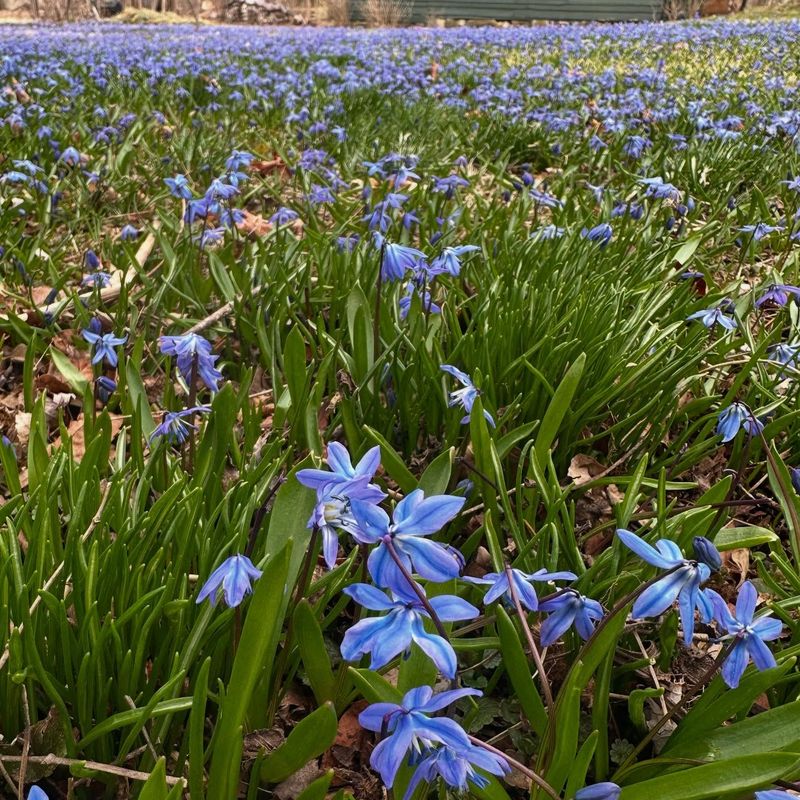
Creating a breathtaking blue haze in early spring, scillas (especially Scilla siberica) produce multiple star-shaped blooms per bulb in an electric shade of blue rarely seen in the plant kingdom. When planted in drifts, they create an effect similar to a flowing blue river through the landscape.
Plant these small bulbs in fall, just 2-3 inches deep. They naturalize readily in lawns or woodland settings where they can spread into stunning carpets. Their early bloom time makes them perfect companions for daffodils and tulips, providing a complementary blue ground cover beneath taller spring bulbs.
15. Camassia
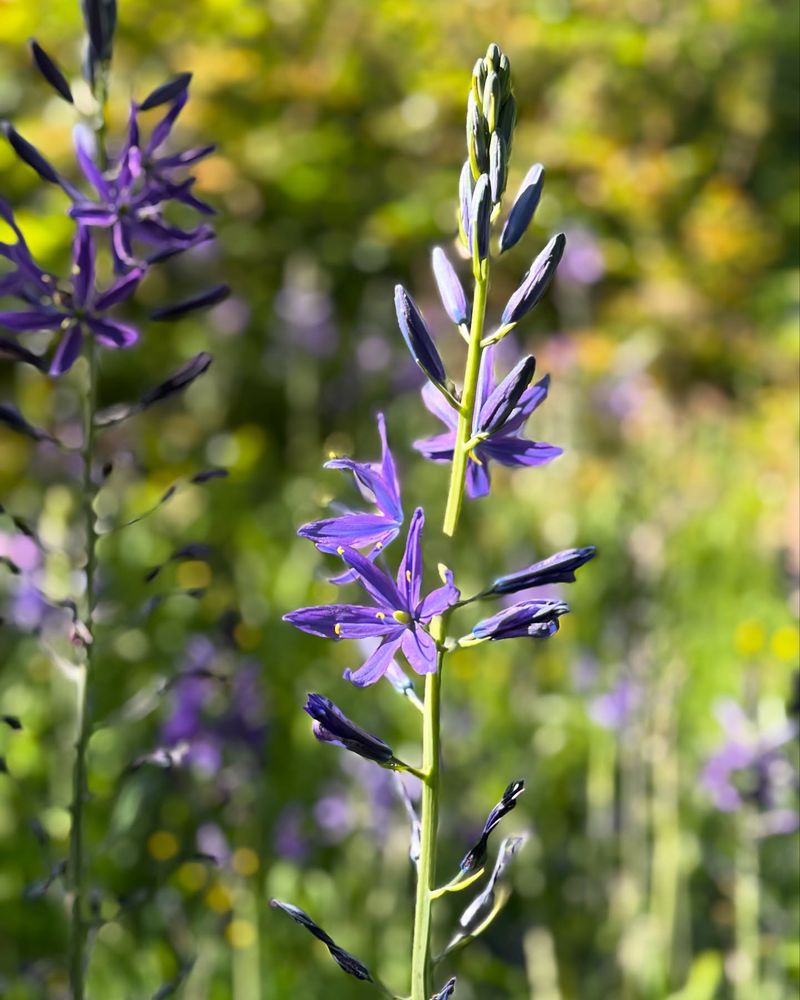
Native American prairie stars, camassias produce striking spires of star-shaped flowers in blue, purple, or white that add vertical drama to late spring gardens. Their natural meadow habitat makes them perfect for naturalistic plantings or rain gardens where they can thrive in conditions wetter than most bulbs tolerate.
Plant bulbs in fall about 4 inches deep in soil that retains some moisture. Unlike many bulbs that need dry summer dormancy, these North American natives appreciate consistent moisture. They combine beautifully with ornamental grasses and late spring perennials, extending the bulb season with their May-June blooming period.

